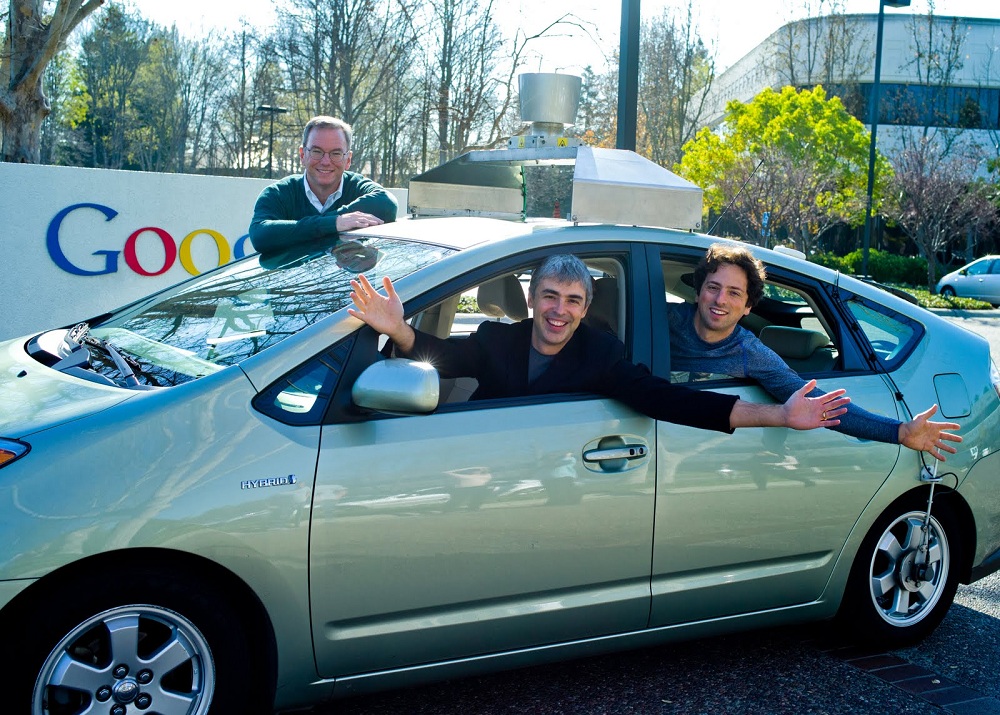Self-Driving Vehicles Could Cut Car Ownership Nearly in Half, Report Finds

In the not-too-distant future, the typical picture of a big American household in the suburbs might include just one car in the driveway: A new report finds that self-driving cars have the potential to cut U.S. car ownership nearly in half.
Today, most households in the United States have multiple cars that aren't always being put to use at the same time. But a self-driving car wouldn't have to languish in its parking spot. Instead, it could drop someone off at work, and then head back home to shuttle other family members back and forth between errands.
For the report, Brandon Schoettle and Michael Sivak of the University of Michigan Transportation Research Institute looked at 2009 data from the U.S. National Household Travel Survey, which found that 31.9 percent of households had one car, 41.6 percent had two cars and 26.5 percent had three or more vehicles.
Related: How far can you drive on a flat tire?
Most (83.7 percent) households didn't report having to make daily trips that conflicted. Only 14.7 percent had two drivers with overlapping trips, and less than 2 percent of households reported conflicting schedules that required three or more cars.
This means the average number of cars per household is currently 2.1, but the minimum number of vehicles needed in a household is 1.2, on average, according to Schoettle and Sivak's analysis. If Americans cut their car ownership accordingly, the nation would see a 43 percent drop in the average number of vehicles per household, the report showed.
The study's authors acknowledged that it's probably not realistic to expect this hypothetical outcome when self-driving cars become available for consumers. The researchers didn't take into account several factors that will likely affect driverless car ownership, such as the willingness of family members to share a car and the possibility that people who don't currently drive will get to use self-driving cars.
Sign up for the Live Science daily newsletter now
Get the world’s most fascinating discoveries delivered straight to your inbox.
More vehicle sharing would also increase the mileage (and thus turnover rate) for individual cars. If car ownership dropped by 43 percent, but mileage per person stayed the same, each household would see an increase from 11,661 annual miles per vehicle to 20,406 annual miles per vehicle, the report found.
Skeptics of the benefits of self-driving cars have said the technology is only going to lead to more traffic and more sprawl. They argue that the vehicles will make it easier and more comfortable to go on long car trips, thus encouraging weary commuters to live even farther away from cities.
"U.S. history shows that anytime you make driving easier, there seems to be this inexhaustible desire to live farther from things," Toyota scientist Ken Laberteaux told Bloomberg News last year.
For now, self-driving cars are still just off the horizon. Google is testing prototypes of its podlike driverless vehicles. Uber just announced this month that it's partnering with Carnegie Mellon University to develop self-driving technologies. And luxury car companies are rolling out increasingly automated features for their vehicles. In October, Elon Musk's electric car company Tesla, for example, unveiled new autonomous safety features that would allow its vehicles to park themselves, change lanes and adjust speed based on speed-limit signs.
Follow Megan Gannon on Twitter. Follow us @livescience, Facebook & Google+. Original article on Live Science.










